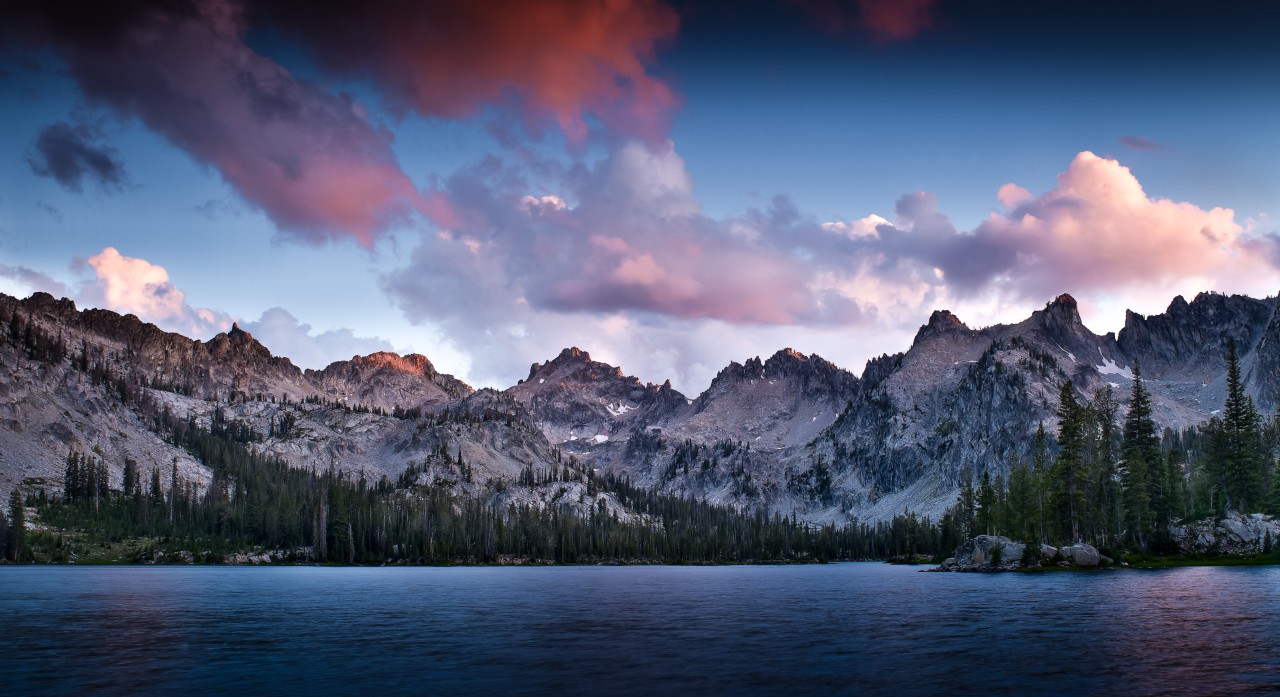As winter gear continues to improve it still really does come down to choosing the best types of material and being smart about how you wear it. If it’s your first winter visiting the Sawtooth Mountains or your 100th, you will always hear the term -layering. It’s key. And it can make a big difference between enjoying a beautiful Idaho day outdoors or being miserable.
Let’s first dive into the types of material you should have and which ones to avoid. Wool is one of the best insulators. While cotton might sound warm and cozy, it will not be a good choice. It absorbs water and keeps it trapped next to your skin. You might think it won’t matter if not in wet conditions. Unfortunately, our bodies sweat even when it’s cold, and this will produce the moisture you don’t want to be trapped in when wearing cotton. Other materials to look for include down, angora, and fleece. Brand names like Polarguard, Holofill, Thinsulate, Primaloft, etc. Any type of clothing that provides an insulating layer.
Layering 101
Begin with long underwear. These should be a cozy, snug fit. Again, no cotton and not too tight.
Your next layer will be the clothes you would typically choose to be active in -like sweaters, recreation style pants, etc.
The 3rd layer- the outer garment, should have some loft to it. Down and other materials will provide warmth. Think vests, pullovers, etc.
Lastly, the outer layer will be a shell or wind shell type of jacket.
Now for the critical body parts-
Head- Many hats will handle wet conditions better than wool. Facemasks are also key when in windy conditions.
Torso- This is your core and helps keep the rest of you warm. Choose jackets with unrestricted movement.
Legs
Think bibs, gaiters, ski pants. Denim is not a good choice, nor is the hiking pant you wear in the summer. Use materials that protect from cold and wetness.
Hands
Gloves are great, and sometimes mittens are even better. They keep all of the fingers together. Some even have individual fingers covered by a mitten. There are lots of options available. Take into consideration individual preferences- especially if dressing children. Frostbite can occur quickly to extremities if not protected.
Feet
While the hands must be protected, the feet are also critical. Remember, there is a difference between a snow boot and a winter boot. The snow boot is designed for wet conditions. They are built for deep snow and mud. A winter boot will be insulated and will often be waterproof or water repellant. Often, they are unable to keep snow from falling inside the boot. Wearing a snow gaiter might be necessary.




